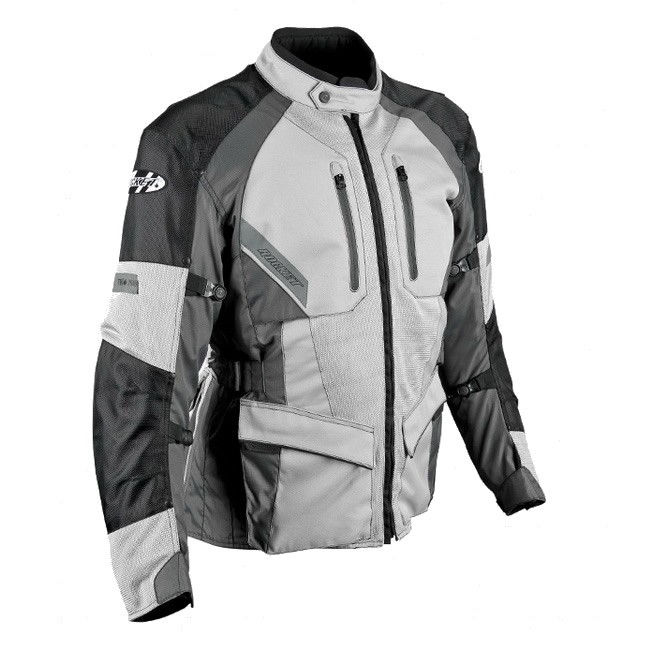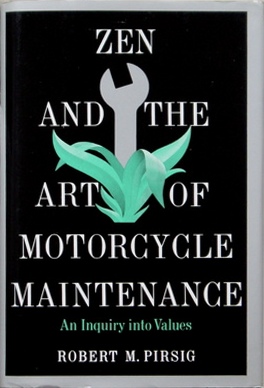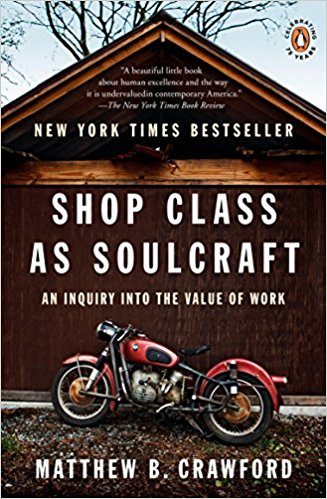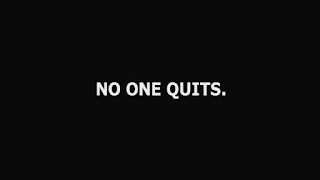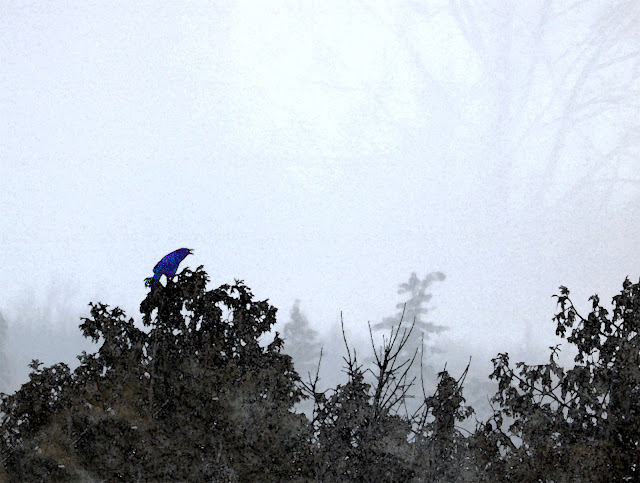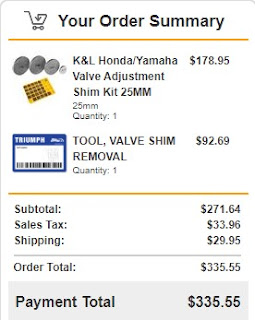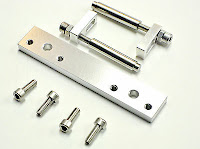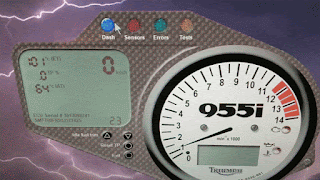 While everyone else is going for the Harley Davidson leather thing, I’m looking for a bit more nerd in my biker look. I’m going with for an Imperial trooper vibe.I like the idea of white kit that gets used looking on the road. Having a white jacket and helmet will also be cooler in hot sun.
While everyone else is going for the Harley Davidson leather thing, I’m looking for a bit more nerd in my biker look. I’m going with for an Imperial trooper vibe.I like the idea of white kit that gets used looking on the road. Having a white jacket and helmet will also be cooler in hot sun.

Star Wars Bike Culture!
 While everyone else is going for the Harley Davidson leather thing, I’m looking for a bit more nerd in my biker look. I’m going with for an Imperial trooper vibe.I like the idea of white kit that gets used looking on the road. Having a white jacket and helmet will also be cooler in hot sun.
While everyone else is going for the Harley Davidson leather thing, I’m looking for a bit more nerd in my biker look. I’m going with for an Imperial trooper vibe.I like the idea of white kit that gets used looking on the road. Having a white jacket and helmet will also be cooler in hot sun. 

The black and white theme can follow through to the bike too. White helmet with black trim, white jacket with black trim. White bike with black trim…
 Monochrome but high visibility True North textile jacket. It’s armored
Monochrome but high visibility True North textile jacket. It’s armored
(very Trooperish), and vented so it’ll be comfortable in the heat or lined
in the cool. Wish it came in white.
That’s the helmet I want, not the one I got, though the one I got was a full face white helmet with black trim too. A modular helmet would be fantastic – the fighter pilot style is a bonus.
I’d originally thought I’d go cheap on the kit, but this is where you get yourself sorted out so that you’re comfortable and protected, at least as much as you can be on a bike. To that end, I’m looking at all the details.
I’m all about the stream lined biking boot. They protect the ankle, offer good ventilation and water proofing, and aren’t as crazy expensive as I thought they’d be.
I read another new rider in Cycle Canada who tried to go with construction boots but was frustrated by how clunky they made his footwork with gear changes. I’m looking for boots that protect while giving me a good feel for the bike.
Getting kitted out for a bike is a cautious process. It’s important to get what fits well and suits the kind of riding you’ll be doing. A bit of consistency in the colour choices and style make for a bit more of a personal statement. I might not line up with the Harley crowd, but I’ll look Imperial cool.


